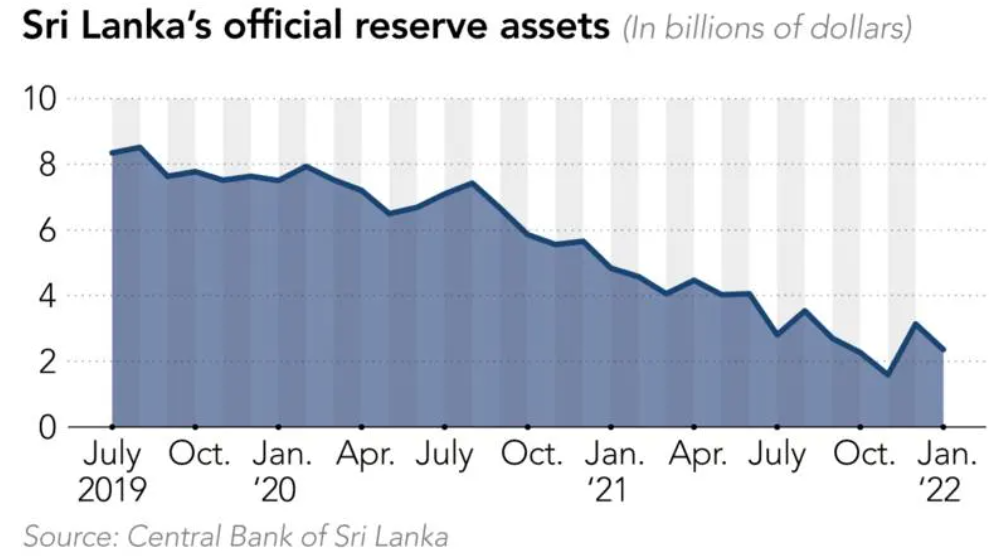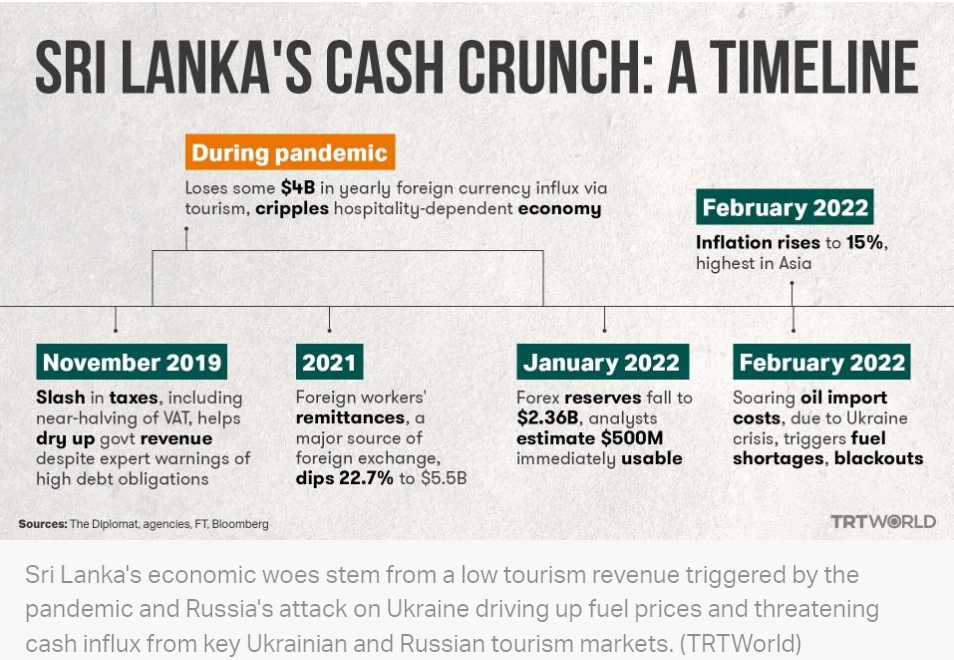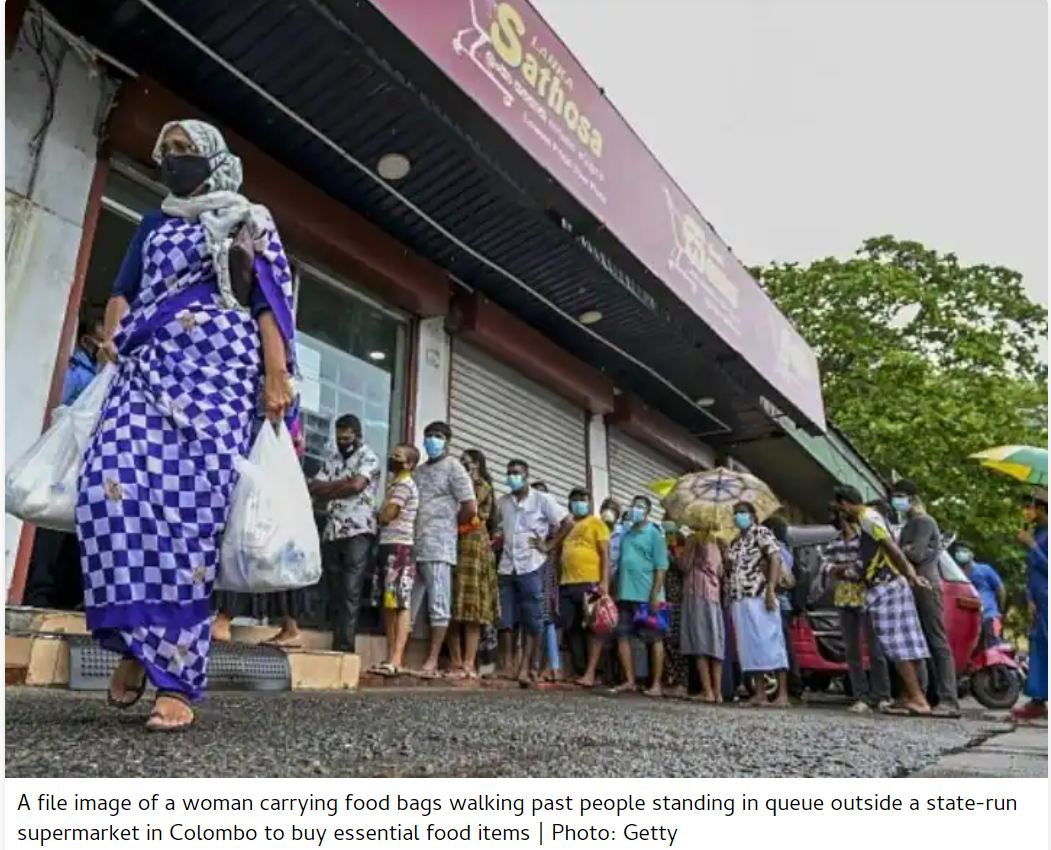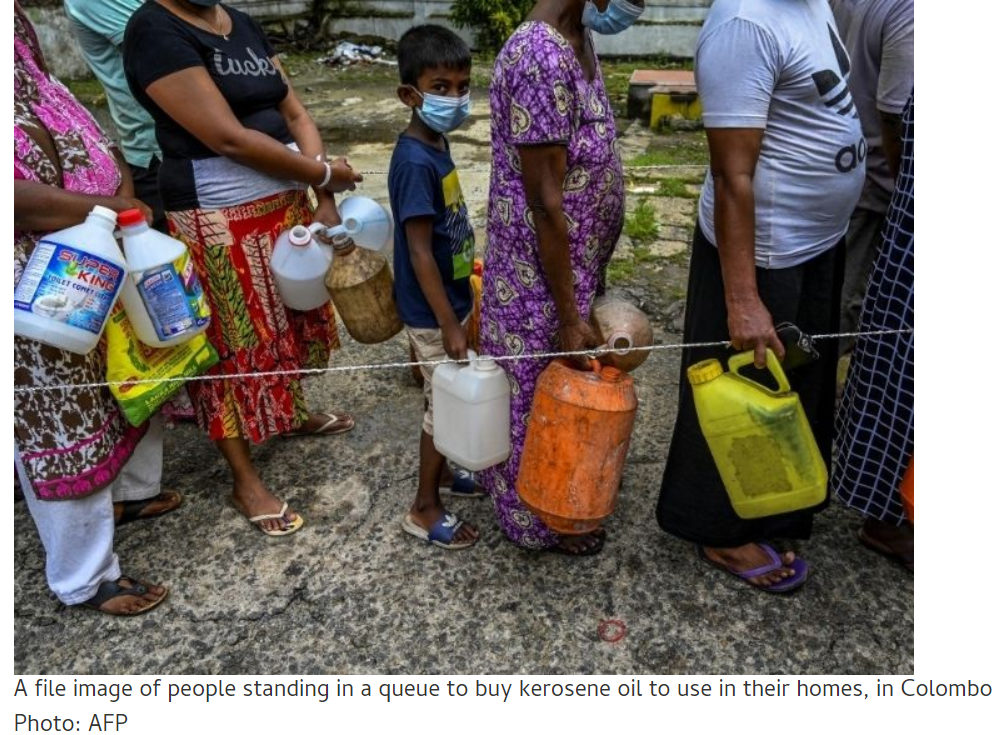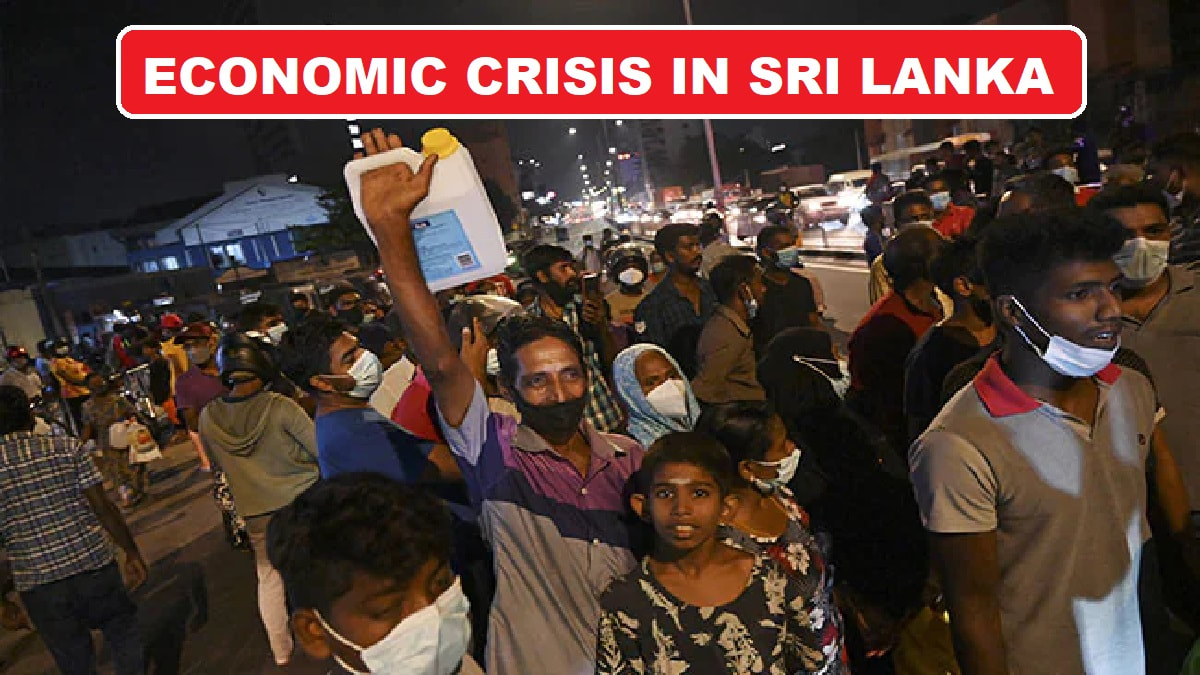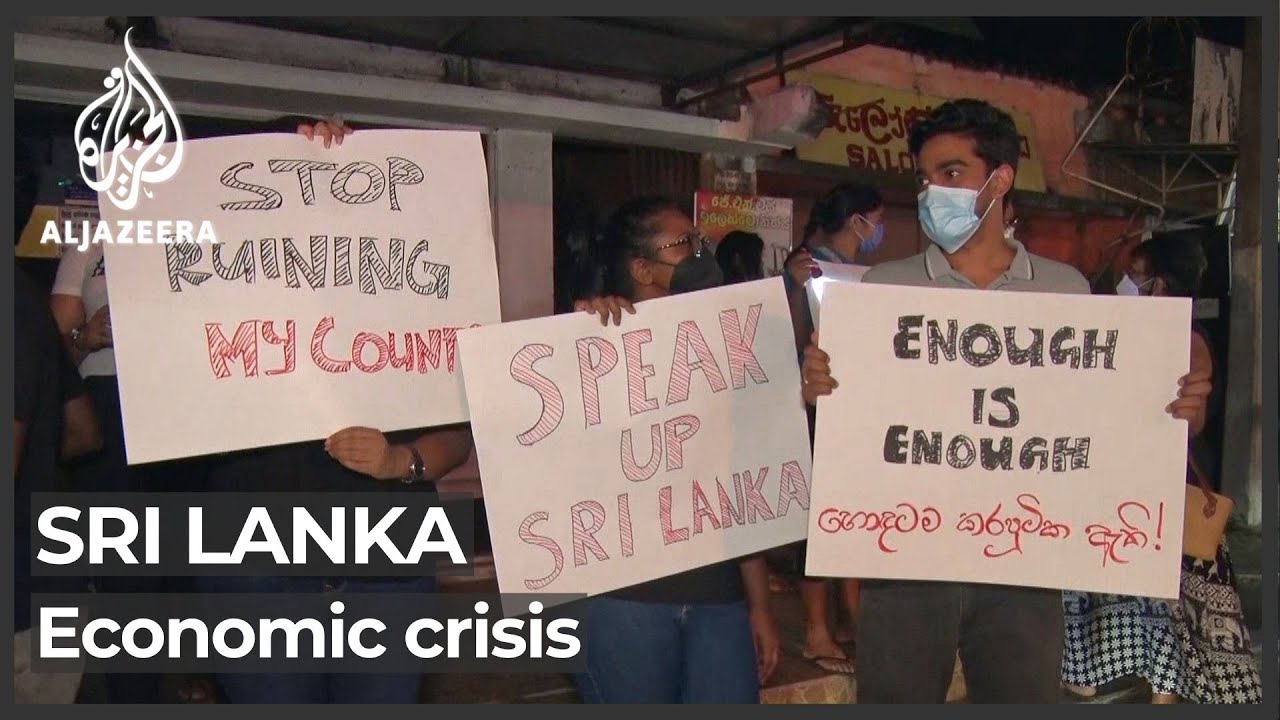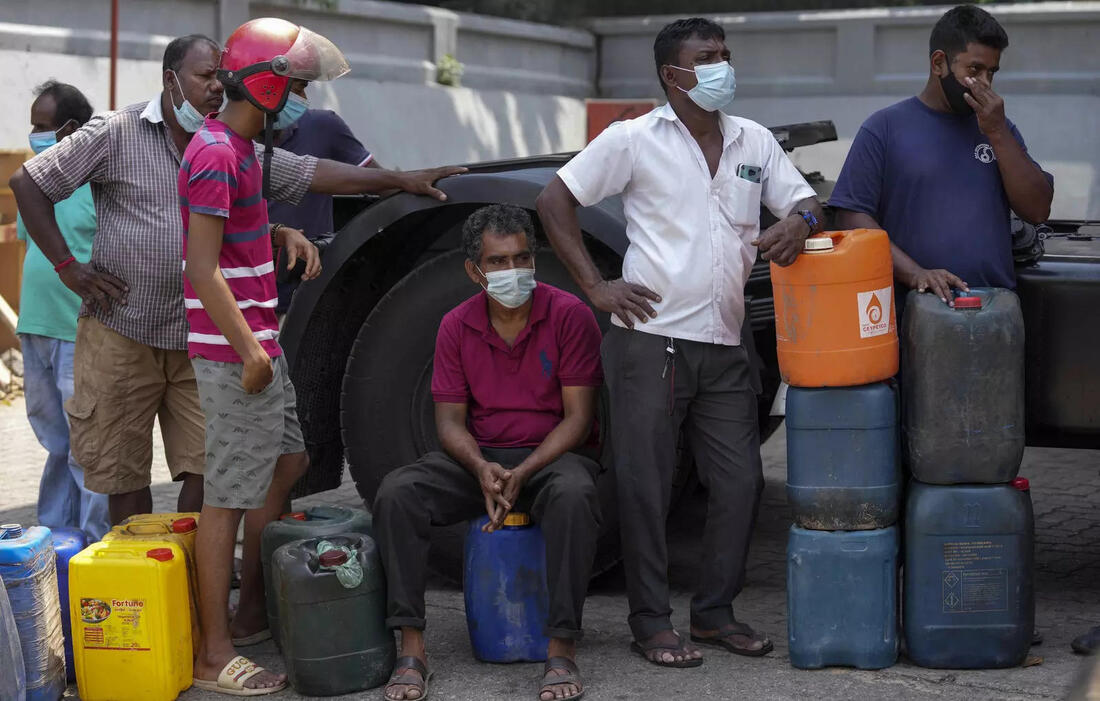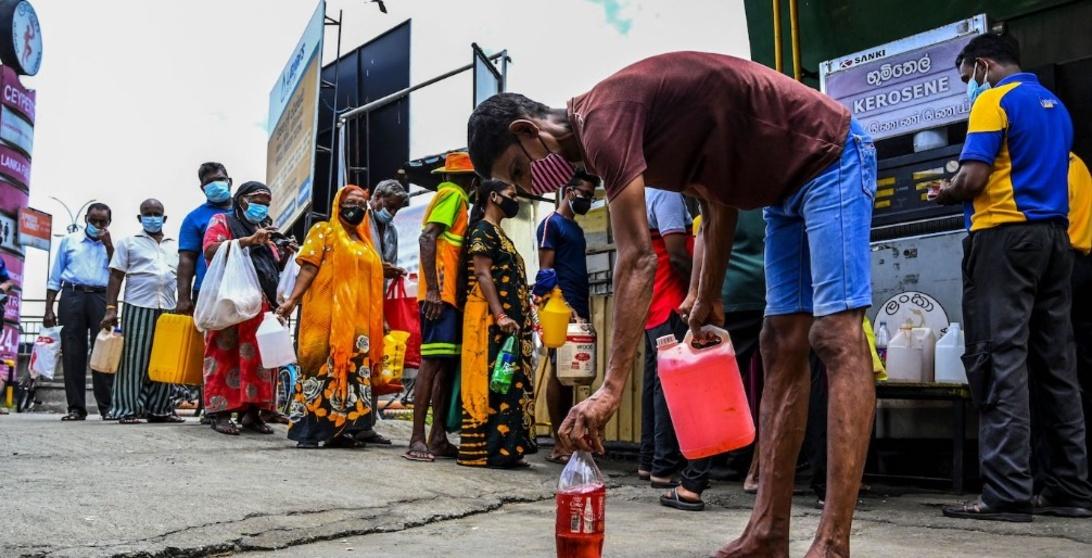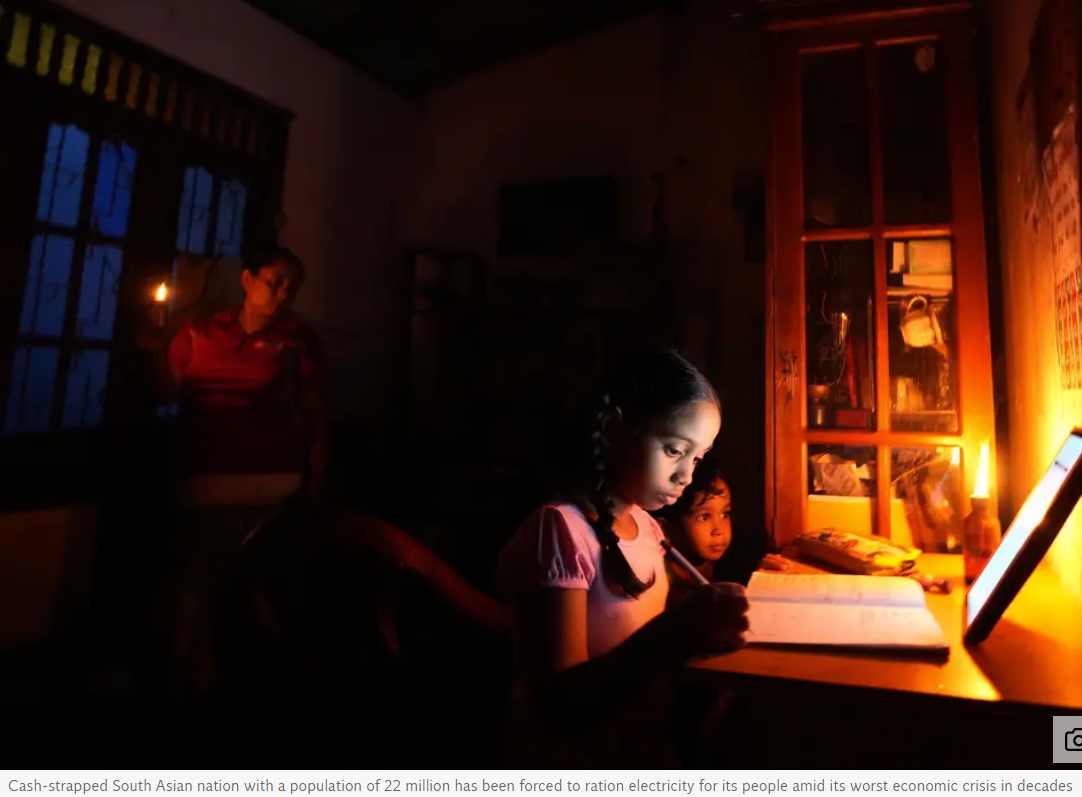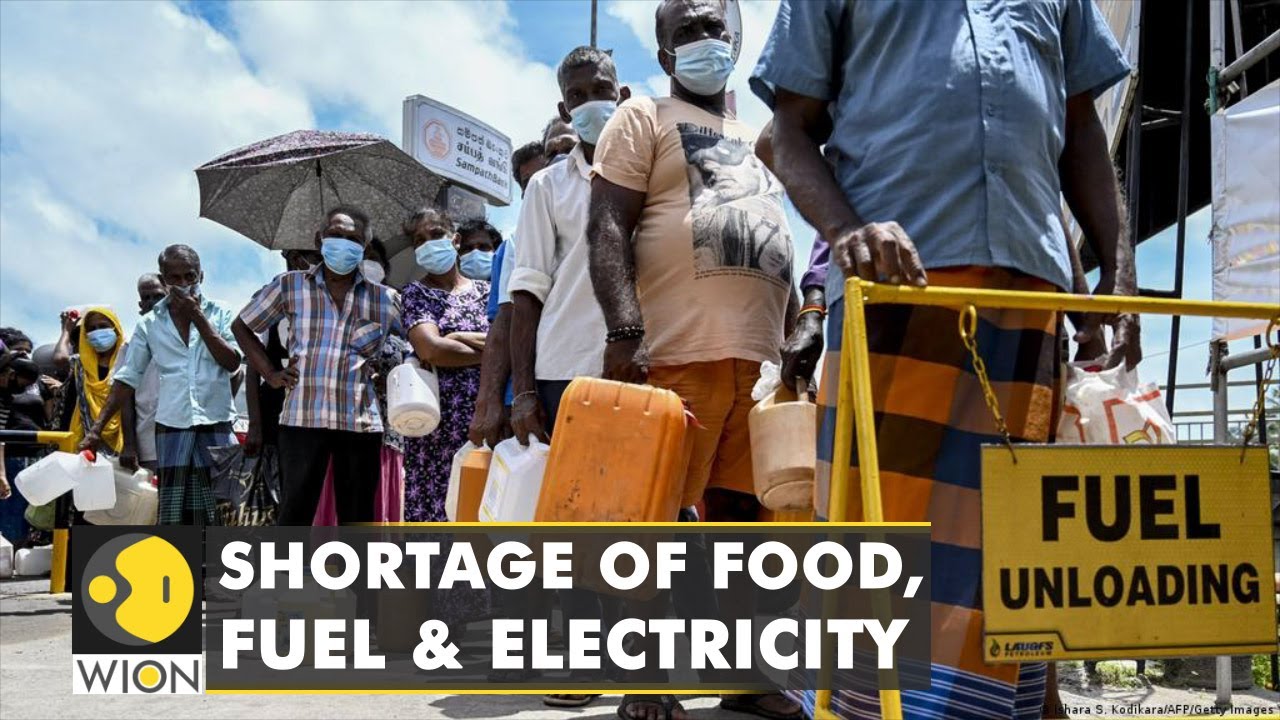02.04.2022
Sri Lanka Crisis: 13-Hour Daily Power Cuts, Severe Food And Medicines Shortages, As Country Faces Worst Economic Collapse Since 1948
The Indian Ocean nation has been battling a severe foreign exchange crunch, the worst since its independence in 1948, leading to an acute shortage of foreign currency to pay for imports of food, medicine and fuel. The cash-strapped South Asian nation with a population of 22 million has been forced to ration electricity for its people, publications stopped newspaper printing and schools had to halt written exams, while soldiers had to be deployed at hundreds of state-run gas stations amid shortages. At least two more hospitals have suspended routine surgeries as they were running dangerously low on vital medicine supplies, anaesthetics and chemicals to carry out diagnostic tests and save them for emergency cases. The country’s largest medical facility, the National Hospital of Sri Lanka in Colombo, had already reportedly halted routine diagnostic tests. According to the Central Bank, inflation rose to 17. 5 per cent in February from 16.8 per cent a month earlier. It is expected to rise further as the government has allowed the local currency to float freely, resulting in higher prices for fuel and other goods. Sri Lanka's economic crisis started after pandemic hit the island nation, along with the entire world. Tourism, which usually contributes more than 10 per cent of the island nation's GDP, was badly hit and there was a cascading effect.
Poverty deprives people of adequate education, health care and of life's most basic necessities- safe living conditions (including clean air and clean drinking water) and an adequate food supply. The developed (industrialized) countries today account for roughly 20 percent of the world's population but control about 80 percent of the world's wealth.
Poverty and pollution seem to operate in a vicious cycle that, so far, has been hard to break. Even in the developed nations, the gap between the rich and the poor is evident in their respective social and environmental conditions.
Poverty and pollution seem to operate in a vicious cycle that, so far, has been hard to break. Even in the developed nations, the gap between the rich and the poor is evident in their respective social and environmental conditions.
